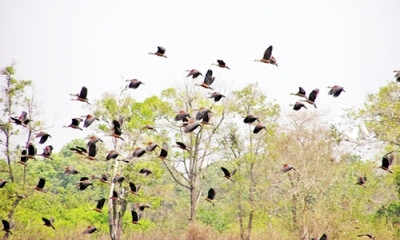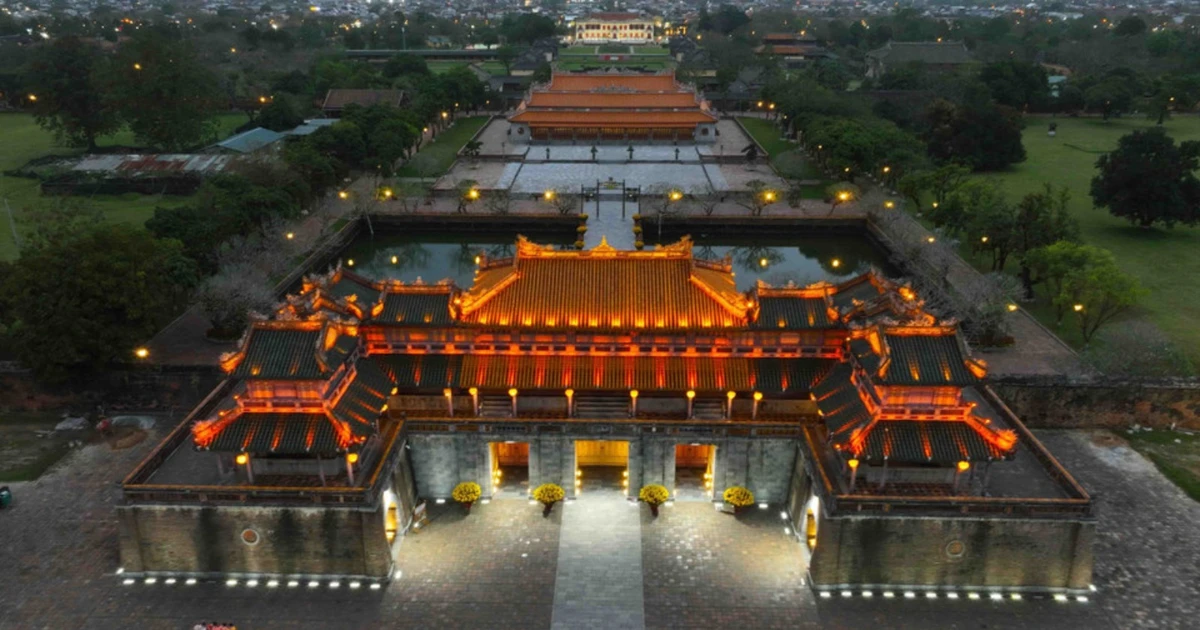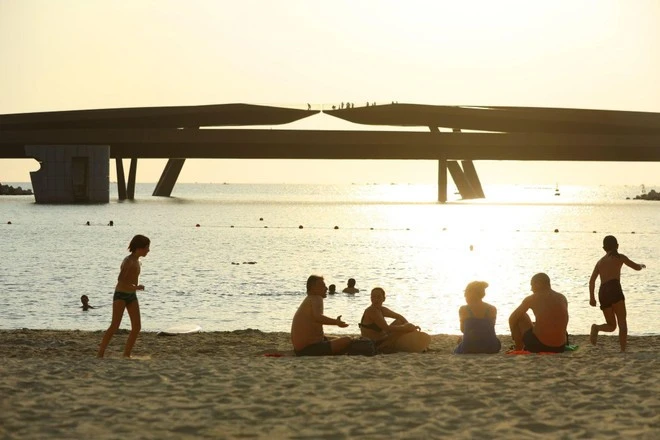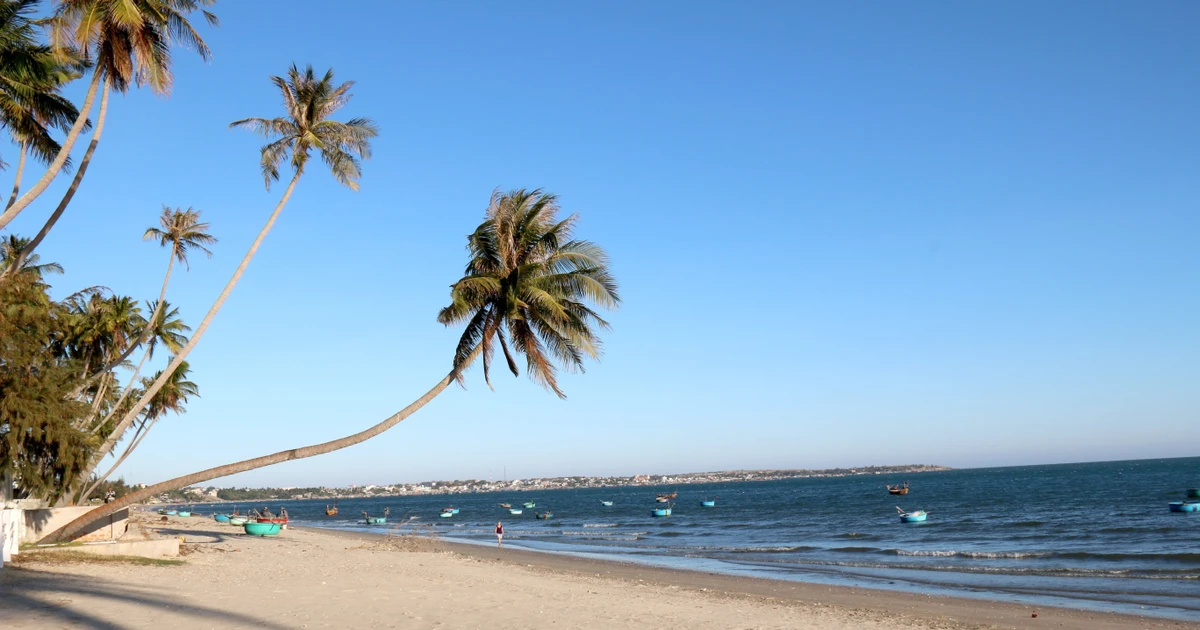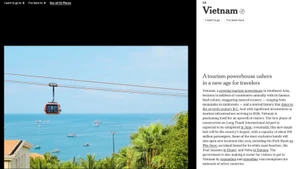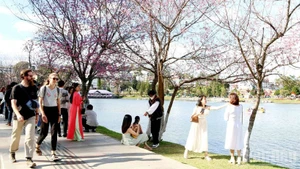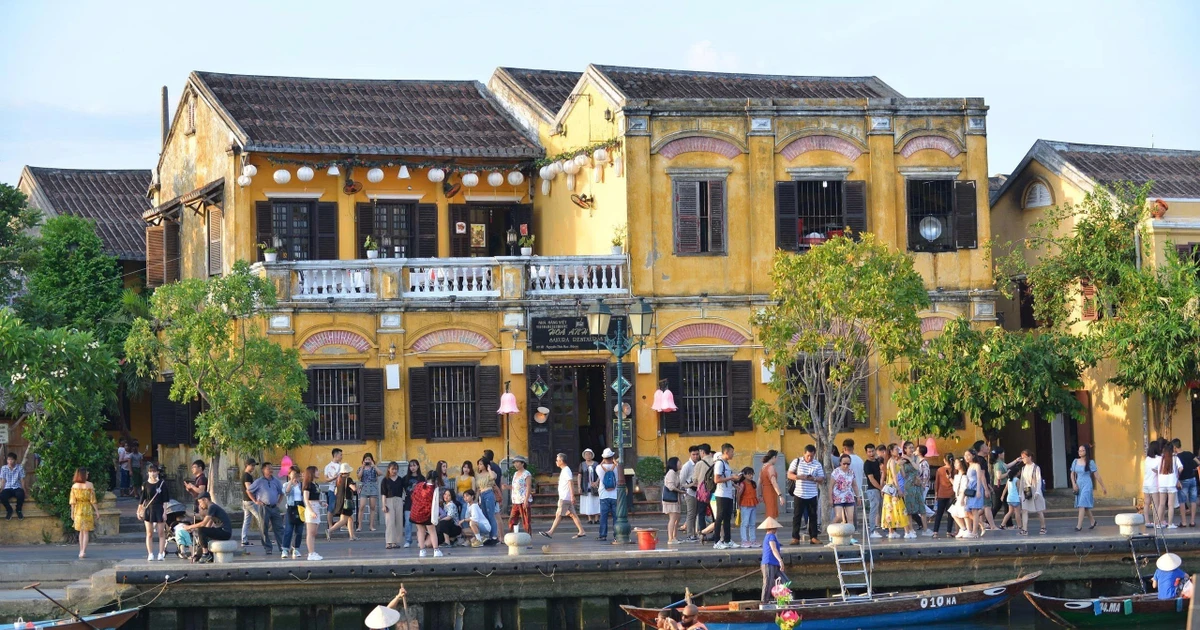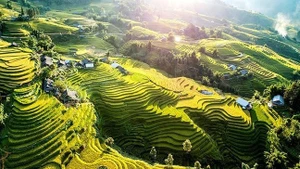Cat Tien National Park is about 150 km northeast of Ho Chi Minh City and is the largest and most attractive ecotourism destination in the Southeast region. It features special tourism activities such as bird-watching, camping, boating and green tourism. It covers a vast area of more than 72,000ha and belongs to three provinces: Dong Nai, Lam Dong and Binh Phuoc. Unlike other well-known national parks like Cuc Phuong, Bach Ma and Ngoc Linh, Cat Tien’s terrain is forest and mountain, along with diversified natural scenery.
The climate at the park includes two seasons, the dry season from December to April and the rainy season from May to November.
The park contains mainly lowland forests and swamp, forming several different habitats, such as evergreen and semi-deciduous forests, freshwater wetlands, lakes, large areas of bamboo, grassland and flooded forests. It is of international significance for its biodiversity values. To date, it has been confirmed that the park is home to 1,610 species of flora, comprising 724 branches, 162 families, and 75 groups. Among these, 34 species are listed in the Vietnamese Red Book.
The range of fauna within Cat Tien National Park includes 77 mammals, 318 birds, 58 reptiles, 26 amphibians and 130 fish, many of which are endemic to Vietnam and Indochina. Many of the animals in the park are listed in Vietnam’s Red Book and the IUCN Red Book. Among the large mammal species whose presence has been confirmed in the park are the Javan rhinoceros, the gaur, the Asian elephant and the lesser one-horned rhinoceros, all of which are at risk of extinction.
With these natural advantages, the national park has begun offering attractive tours to allow visitors to discover the park.
Travelers to Cat Tien National Park will learn about centuries-old trees like a 700-year-old redwood (Afzelia xylocarpa) tree, a 400-year-old Tung tree (Tetrameles nudiflora) and a Crape-myrtle (Lagerstroemia) tree through the Bang Lang tour. Bird-watching tours are also popular among visitors who are interested in ecotourism. There are 318 bird species in the park, typifying biological diversity as well as rare genetic types for scientists to explore and research. With those natural features, the center for ecotourism is building tours for scientific research. For a bird-watching tour, there are delegations that register two years in advance to choose the optimal time of year to see the birds. Those tours are mainly for scientists who study the flora and fauna of the forest ecosystem.
One of the trademarks of Cat Tien National Park is a nocturnal animal tour that offers visitors an opportunity to see the wild animals in their natural habitat. In the untouched forest, sunk in darkness, the center’s specialized vehicles transport visitors to a green pasture, wet with dew. From 8–9 pm tourists can relax while looking for wild boars chasing each other through the night or for stags and deer grazing freely around the park.
Visitors may come across crocodiles in the Bau Sau. During the rainy season, the pond has an area of 2000ha, while in the dry season, it is only 200ha. Therefore, during the dry season it is necessary for visitors to take a 5km walk out to the wetland to see amphibians and reptiles in the wild.
In addition to ecotourism tours, visitors can opt for cultural tours which discover Oc Eo cultural relics and visit Ma and S'tieng ethnic villages in Ta Lai Commune.

Bear at the Cat Tien Park

Wild butterfly
| On November 10, 2011, Cat Tien National Park was recognized by UNESCO as the 411th World Biosphere Reserved Zone. On August 4, 2005, the Secretariat of Ramsar Convention recognized Bau Sau Wetlands (belong to the park) as the 1,499th Ramsar Site of the world with total area of 13,759ha (of which 5,360ha are seasonal wetlands and 8,399 are year-round wetlands). |
